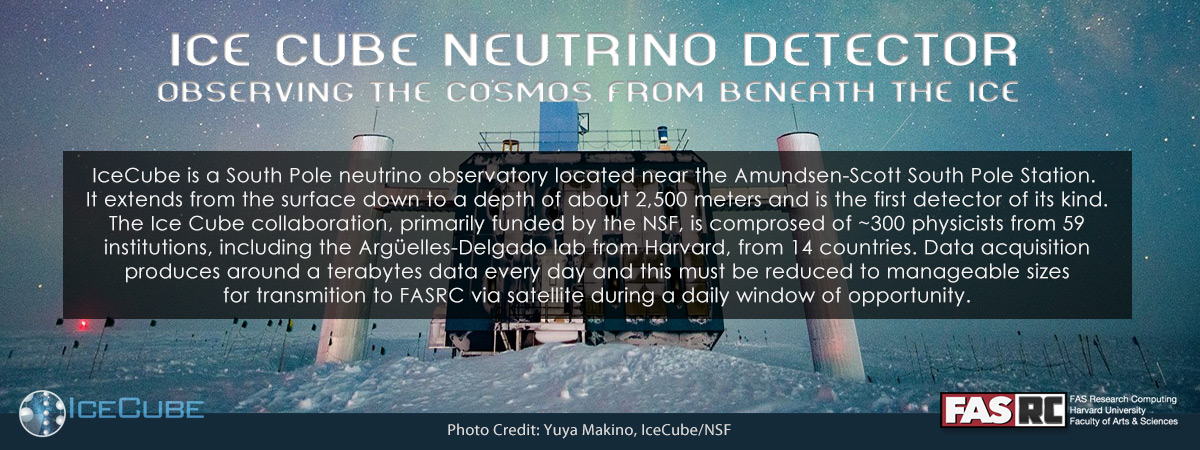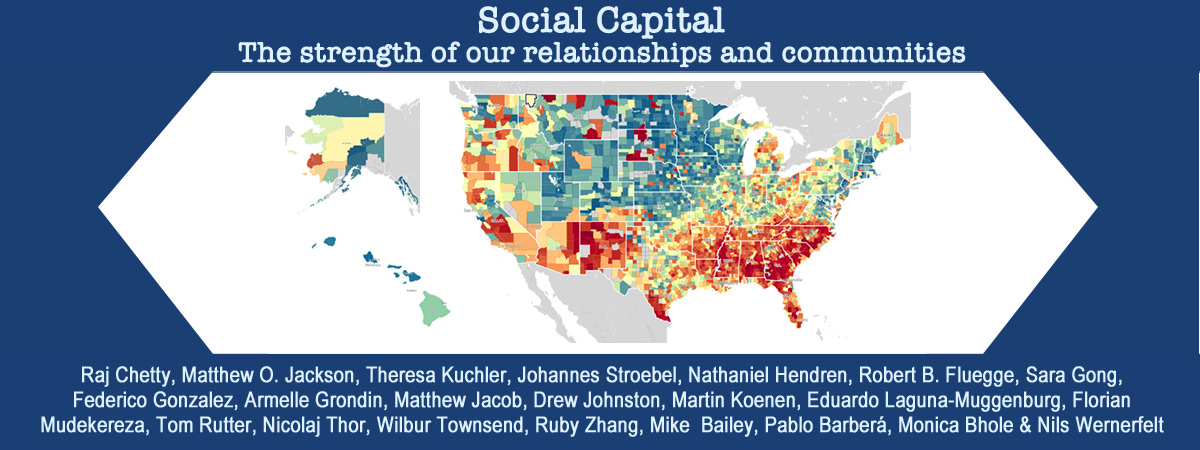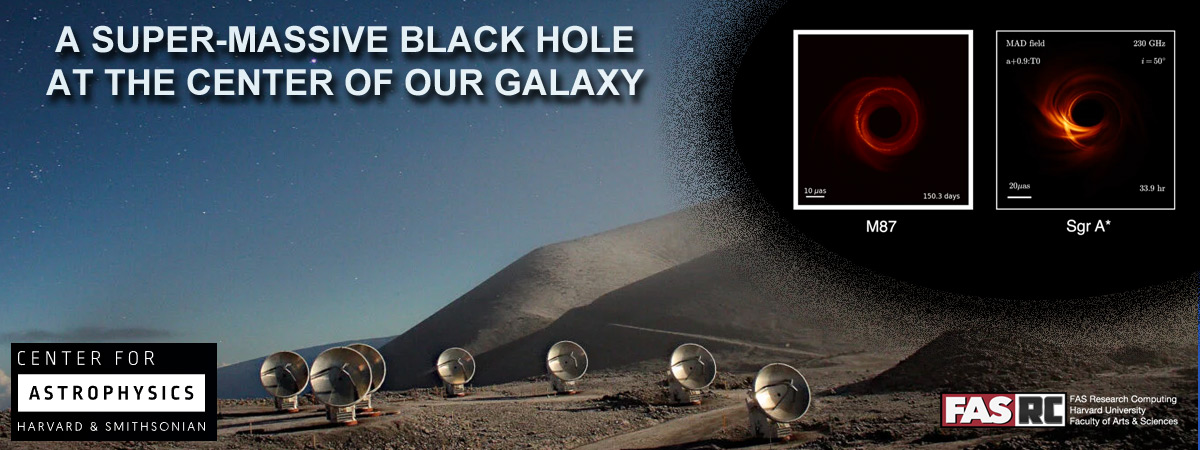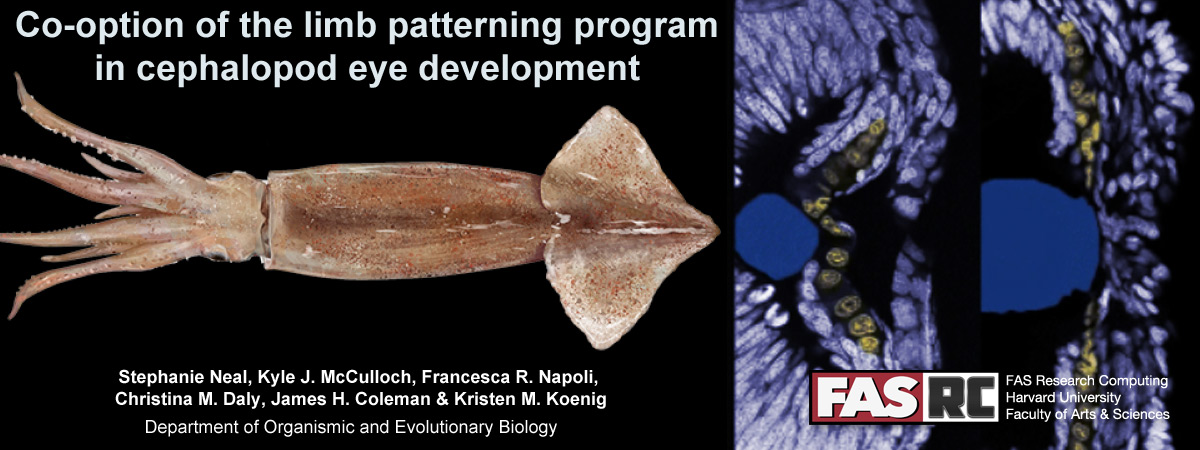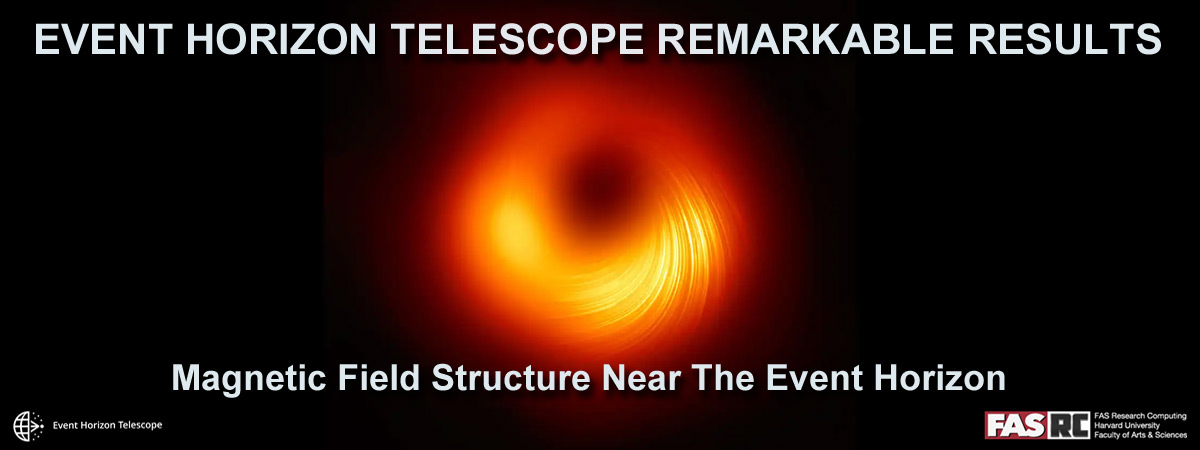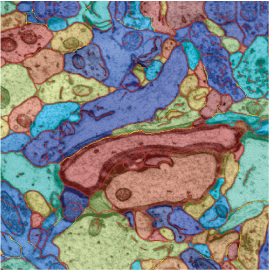 The nervous system is unique among the organ systems in animals because of the vast number of interconnections between its individual cells (synapses) and the diversity of its cell types (neurons). One cubic millimeter of cerebral cortex contains roughly 50,000 neurons, each of which establishes approximately 6,000 synapses with neighboring cells. These 300 million interconnections are highly specific: Neurons innervate some target cells but avoid others. The complexity is further amplified by the fact that neurons come in many kinds. For example, some neurons make excitatory connections, while others establish inhibitory ones. It is thought that there are well over 100 types of neurons, differing in shape, neurochemistry, and function. In action, each neuron integrates the signals from hundreds or thousands of synaptic signals, and this history determines whether or not it will send an electrical signal to its target cells. A cubic millimeter is but a minuscule part of the full circuitry, which is estimated to contain 60×1012 synaptic connections.
The nervous system is unique among the organ systems in animals because of the vast number of interconnections between its individual cells (synapses) and the diversity of its cell types (neurons). One cubic millimeter of cerebral cortex contains roughly 50,000 neurons, each of which establishes approximately 6,000 synapses with neighboring cells. These 300 million interconnections are highly specific: Neurons innervate some target cells but avoid others. The complexity is further amplified by the fact that neurons come in many kinds. For example, some neurons make excitatory connections, while others establish inhibitory ones. It is thought that there are well over 100 types of neurons, differing in shape, neurochemistry, and function. In action, each neuron integrates the signals from hundreds or thousands of synaptic signals, and this history determines whether or not it will send an electrical signal to its target cells. A cubic millimeter is but a minuscule part of the full circuitry, which is estimated to contain 60×1012 synaptic connections.
Harvard researchers are developing tools to automate the acquisition of sequential high-resolution images of the central nervous system using electron microscopy. While electron microscopy is well known for its high-resolution images of materials (fractions of a nanometer, nm), the approach they wish to take is a lower-power, large-field image at moderate resolution (5–10 nm). Each thin section of one cubic millimeter of tissue at 5-nanometer resolution would require images with 10 to 20 gigapixels (or 10,000 to 20,000 megapixels). If one were to reconstruct all the synaptic circuitry in this one cubic millimeter of brain cortex, one would need a set of serial images spanning a millimeter in depth, each probably no more than 30 nanometers deep. Thus the 1 mm depth would require 33,000 images, each with 10 to 20 gigapixels, or about 1 petabyte (1 million gigabytes) of data. Visualizing, identifying the neuronal structures, and analyzing their connectivity is one the largest-scale visual computing problem.

